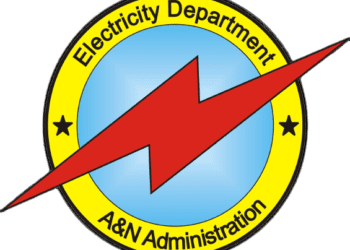Telecom regulator TRAI on Friday mentioned that it has been receiving quite a lot of name drop complaints from subscribers triggering the necessity to evaluate present high quality of service guidelines to measure community efficiency on the district stage and produce 4G-5G companies additionally beneath its ambit.
The Telecom Regulatory Authority of India (TRAI) mentioned that even with the technological development in cellular telecommunications and development in efficiency administration instruments, the standard of expertise (QoE) of customers has not improved as anticipated although such high quality of service (QoS) necessities are supported by know-how requirements.
“Even with widespread coverage of 4G networks in the country and rollout of 5G services, there are increasing number of complaints of call drops, call muting, low data throughput etc. which raises question marks on the network design and provisioning of required network resources,” TRAI mentioned.
The regulator has proposed to tighten name drop parameters, name success price and so forth beneath the standard of service guidelines.
“The issues related to the quality of telecom services are not only reflected in consumer complaints but also find substantial mention in Parliament Questions,” TRAI mentioned.
The regulator mentioned that the Standards of Quality of Service for Wireless Data Services had been notified within the period of 2G and 3G companies whereby knowledge companies had been delivered over circuit-switched networks and their QoS efficiency benchmarks had been set primarily based on the potential of underlying know-how.
At current, packet core networks with LTE (4G), LTE-Advanced and 5G know-how represent greater than 75 p.c of the telecom community within the nation. It mentioned that the current QoS benchmark envisages latency to be lower than 250 milliseconds (ms) for wi-fi knowledge companies and fewer than 120ms for wireline broadband service which aren’t in sync with the requirement of present-day functions.
“The QoS parameters and benchmarks for voice and data services are technology agnostic in present regulations. The relevant terminology for 5G services has also been updated in draft regulations to monitor QoS performance of 5G,” Trai mentioned.
At current the standard of service is measured at telecom circle stage which is mostly equal to the dimensions of a state stage.
TRAI mentioned the efficiency towards some QoS benchmarks like community availability and drop name charges varies throughout districts.
“Due to averaging over LSA, even very poor performance against QoS benchmarks in a few districts may not get reflected in performance reports. Therefore, in such cases, performance against QoS benchmarks may need to be reviewed at even district level if required,” the regulator mentioned.
TRAI noticed that although the service suppliers have launched cellular apps and internet interfaces for purchasers, the buyer continues to face issues in registering their complaints resulting from difficult workflows.
It mentioned that the variety of calls at name centres has not decreased, and repair suppliers aren’t in a position to meet present benchmarks in lots of circumstances even after the rollout of cellular apps.
“Further, there is a significant number of feature phones in the mobile network that cannot use mobile apps for the registration of complaints. Therefore, the Authority is not in favour of relaxing this benchmark for the sub-parameter accessibility of call centre numbers and percentage of calls answered by operators (voice to voice),” TRAI mentioned.
The regulator has mounted September 20 because the final date for feedback and October 5 for counter feedback of draft guidelines.





